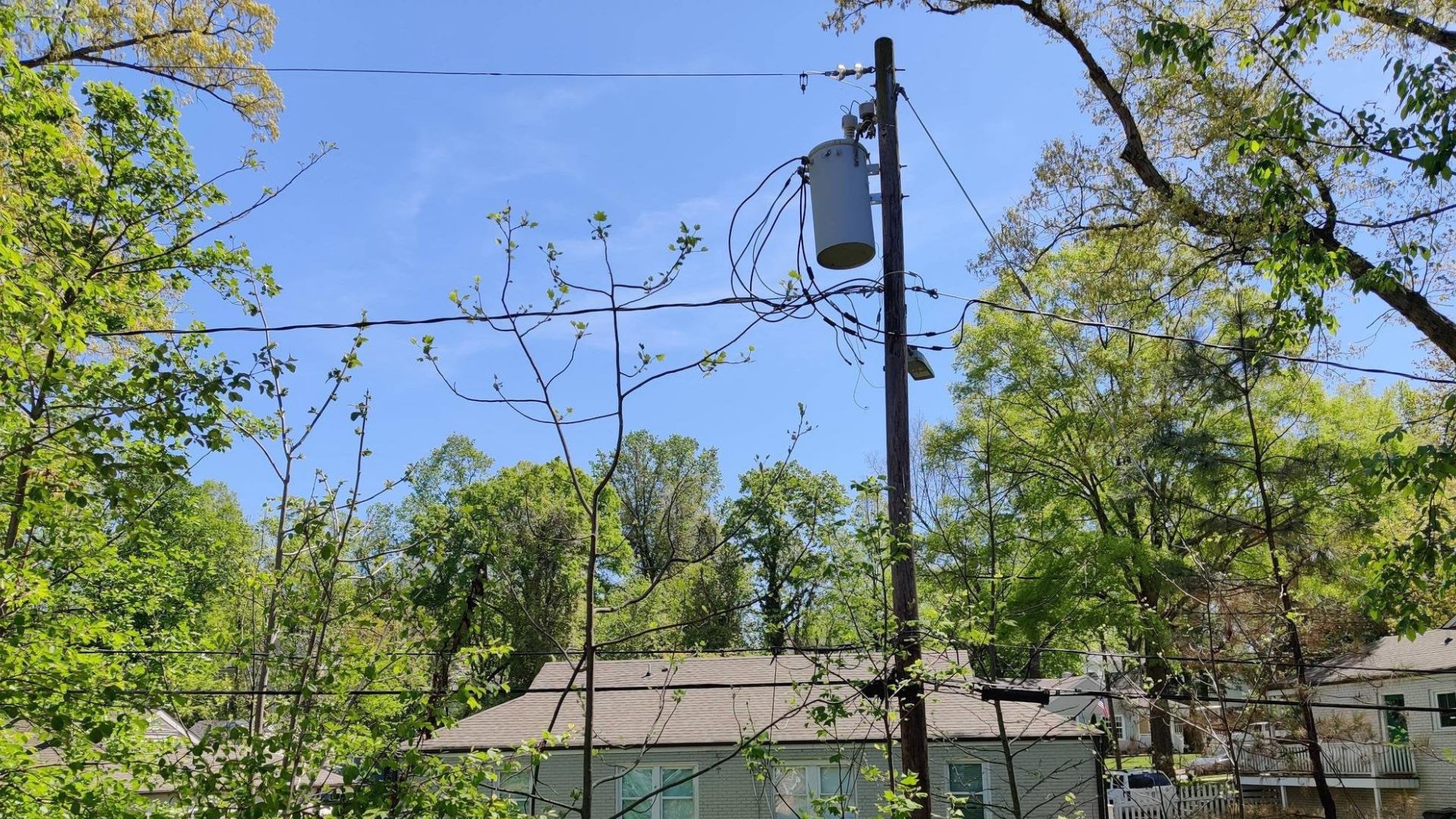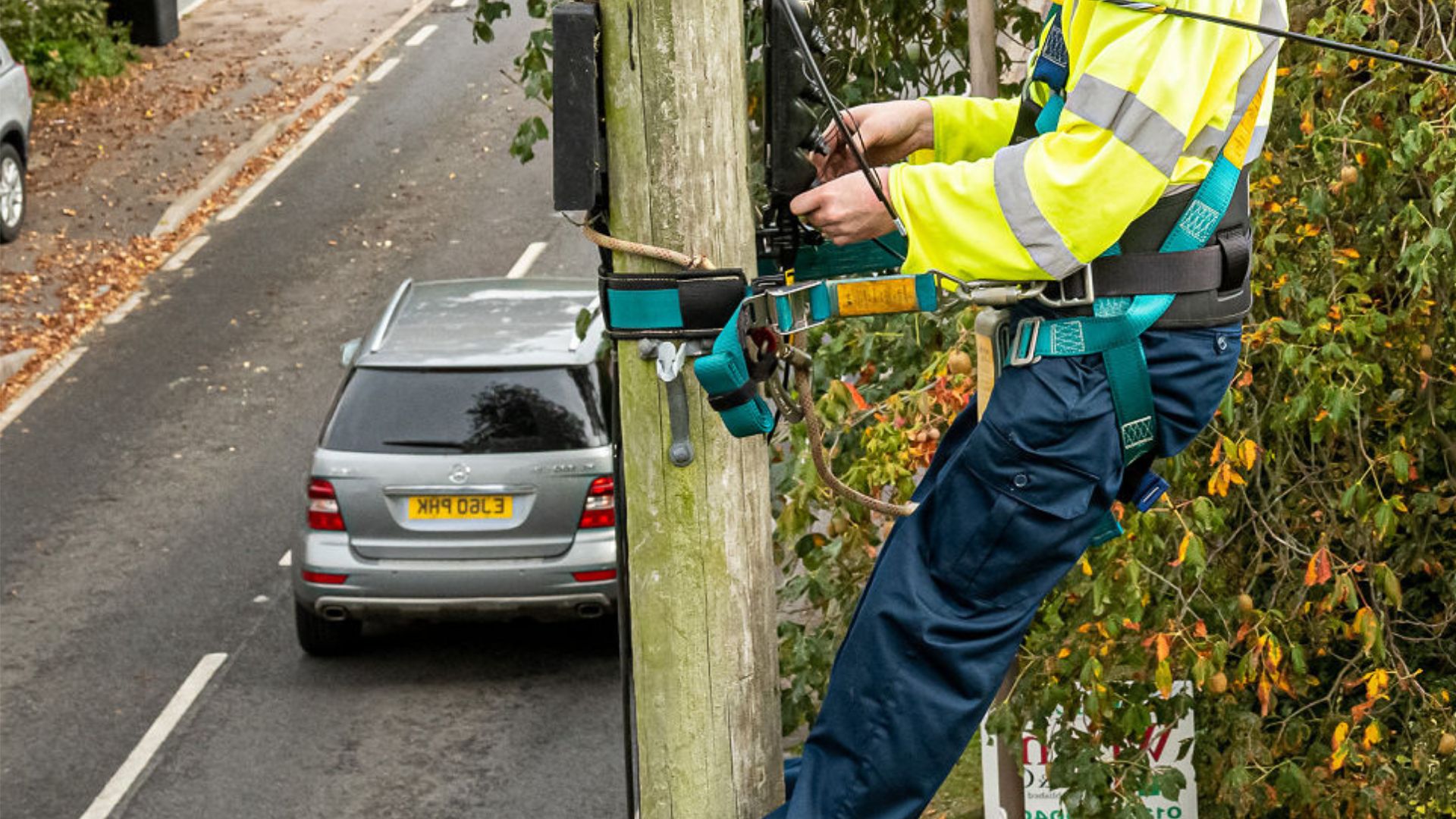Over 50% of new homes built in rural Queensland rely on private infrastructure to get connected to the grid, and property poles are often the unsung heroes in that process. These poles, planted within your property boundary, play a vital role in supporting overhead powerlines and ensuring a steady electricity supply to your home or other buildings.
At Enersol, our Residential Electrician Gold Coast - Property poles have become increasingly important for off-grid living, new subdivisions, and sprawling acreage developments in a state where land blocks can stretch far beyond standard city lots. Despite their significance, many property owners remain unsure about their responsibilities, legal requirements, and installation process.
We’ll discuss everything you need to know about property poles in Queensland, from selecting the right material to meeting safety compliance standards. Whether you’re building from scratch or replacing an ageing pole, understanding the essentials can save time, money and future headaches.
What is a Property Pole?
A property pole, also referred to as a private power pole, is an electricity pole positioned within your private land boundary. Its main role is to support overhead powerlines that deliver electricity from the main network to your home, shed, or other buildings on your property.

Unlike poles maintained by electricity distributors such as Energex or Ergon Energy, property poles are privately owned, meaning the landowner is responsible for their maintenance, safety, and compliance.
They are commonly required when:
- The distance from the street network to the building is too great for a direct connection
- Obstructions like trees, buildings or terrain make a straight-line connection unsafe or impractical
- A subdivision or rural development needs internal distribution without crossing other properties
Common materials used for property poles include:
- Treated timber: cost-effective, requires regular checks for rot or pests
- Galvanised steel: durable and corrosion-resistant
- Concrete: strong, fire-resistant, and low maintenance
- Composite: offers a blend of materials, providing durability and resistance to weather elements while being lightweight.
Understanding what a property pole is helps ensure your setup meets Queensland’s electricity supply standards.
Ownership and Legal Responsibilities
If you have a private power pole on your property in Queensland, you are legally responsible for its condition and safety. This includes not only the pole itself but also any connected private powerlines running from it to your home or other structures.
Key responsibilities include:
- Maintaining the pole’s structural integrity to avoid collapse, leaning, or damage
- Ensuring all components meet current safety standards under the Queensland Electricity Connection Manual (QECM)
- Reporting hazards immediately – if a line falls or becomes live, call 000 and keep clear
- Organising regular inspections, especially if the pole is over 15 years old or made from timber
- Engaging licensed electricians for all repairs, upgrades or replacements
If a pole fails and causes injury, fire, or damage, the property owner may be held legally and financially liable. Proactive upkeep is essential to meeting compliance and reducing risk.
Queensland Compliance and Technical Standards
Property poles in Queensland must meet strict safety and construction requirements. These rules are in place to protect people, property and the broader electricity network.
1. Queensland Electricity Connection Manual (QECM)
All property pole installations must follow the standards set out in the QECM. This document outlines technical rules around pole placement, construction and connection.
2. Minimum Clearance Requirements
In Ergon Energy areas, property poles must stand at least five metres above the ground. This ensures safe clearance for overhead powerlines and nearby activity.
3. Structural Strength for Timber Poles
Timber poles need to meet a Safe Working Load rating of at least 5kN. Poles that do not meet this strength rating are not considered safe for installation.
4. Electrical Safety Standards
Property poles and their connections must comply with AS/NZS 3000, which is the Australian wiring and electrical safety standard.
5. Who Can Install a Pole
Only licensed electrical contractors are legally permitted to install property poles. DIY installation is not allowed.
6. Use of Private Equipment
Any private equipment installed on the pole, such as antennas or lights, must not interfere with access to connection points.
7. Safe Placement
Poles must be placed with clear setbacks from buildings, fences, and property boundaries to meet safety guidelines.
Installation and Replacement Process
Installing a property pole in Queensland involves more than just digging a hole and standing up a post. It requires planning, permits and strict compliance with safety standards. Below is a step-by-step breakdown of how the process works from start to finish.
1. Property Assessment
- Confirm the exact location of the property boundaries using cadastral survey marks, not GPS
- Choose a site that ensures safe distances from structures, trees and fences
- Consider future access for maintenance or replacement
2. Application Process
- Coordinate with your electricity retailer and distributor (such as Energex or Ergon Energy)
- Submit the required documents including an Electrical Work Request (EWR) and connection application
- Engage a licensed electrical contractor to handle the paperwork and technical details
3. Pole Installation
- A Level 2 electrician carries out excavation at the approved site
- The pole is positioned, levelled, and secured in line with the QECM standards
- Electrical wiring is completed to connect the pole to the power supply and the property
4. Inspection and Activation
- Before the electricity can be turned on, the setup must pass an official inspection
- Inspectors check for compliance with QECM and AS/NZS 3000 standards
5. Pole Replacement
- Most poles last between 30 to 50 years, depending on the material and conditions
- Older poles should be inspected regularly and replaced before they fail
- New developments may need poles installed to avoid crossing neighbouring properties
Pole Types and Approved Materials
Choosing the right material for a property pole is a key part of planning. Each option has strengths and limitations, and the best choice depends on your property’s environment and long-term needs.
1. Timber
- Cost-effective and widely used across Queensland
- Must be properly treated to meet safety standards
- Susceptible to rot, termites and moisture over time
2. Steel
- Strong and corrosion-resistant, ideal for coastal or flood-prone areas
- Requires less maintenance than timber
- Has a long service life when properly coated
3. Concrete
- Extremely durable and fire-resistant
- Often preferred in bushfire-prone zones
- Heavy and may require machinery for installation
4. Composite
- Lightweight and easy to handle
- UV-resistant and weatherproof
- A modern option suitable for harsh Australian conditions
Material choice should align with local climate, soil conditions and visual preferences. Understanding the pros and cons helps when comparing steel vs timber power poles and other materials approved for use in Queensland.
What Affects the Cost of Property Poles?
The cost of installing a property pole in Queensland typically ranges from $1,500 to $5,000, depending on several key factors. Material type plays a significant role; timber is often cheaper upfront, while steel and concrete offer longer lifespans with fewer maintenance issues.

Costs may also vary based on:
- Property layout and terrain difficulty
- Distance from the nearest power source
- Excavation depth and accessibility
Additional charges can include:
- Energex or Ergon application fees
- Crane hire and trenching
- Council permits
Ongoing maintenance and inspections add to long-term expenses. Investing in high-quality materials can help avoid frequent replacements.
Maintenance, Safety and Asset Management
Keeping your private power pole in good condition is essential for safety and legal compliance. Regular maintenance helps prevent failures that can lead to property damage, injury or serious legal consequences.
Key maintenance tips include:
- Inspect the pole every 1 to 2 years, and always after severe weather
- For timber poles, check for signs of termite activity, splitting, rotting or leaning
- For steel poles, look for rust, corrosion, or peeling protective coatings
- Keep vegetation cleared from around the base and overhead lines to maintain visibility and access
Neglecting maintenance increases the risk of pole collapse, live wires falling to the ground and potential fire hazards. Property owners are legally responsible for preventing these risks.
Boundary & Positioning Considerations
Correct placement of a property pole starts with knowing your exact land boundaries. In Queensland, this means using cadastral surveys, not GPS data, to determine where poles can legally be installed. GPS readings can be inaccurate and may lead to non-compliant placement, triggering costly relocations or disputes.
This step is especially critical in rural properties and new developments, where larger blocks and irregular boundaries are common. Cadastral survey marks provide the legal reference points needed to meet all regulatory requirements.
Accurate positioning ensures compliance and avoids future complications with neighbours or local authorities.
Stay Connected the Right Way
A properly installed property pole isn’t just about getting electricity to your home, it’s about meeting safety standards, staying compliant, and protecting your investment for years to come. This kind of work is never a DIY job. It takes qualified professionals with local experience and licensing to get it right from the start. Explore our Residential Electrician Gold Coast to learn more.
At Enersol Electrical, we specialise in installing, inspecting and maintaining property poles across Queensland. Our team of licensed electricians manages the entire process, including compliance checks and approvals, so you don’t have to. Stay safe and connected with expert help that understands local requirements. Call us now and get an estimate.